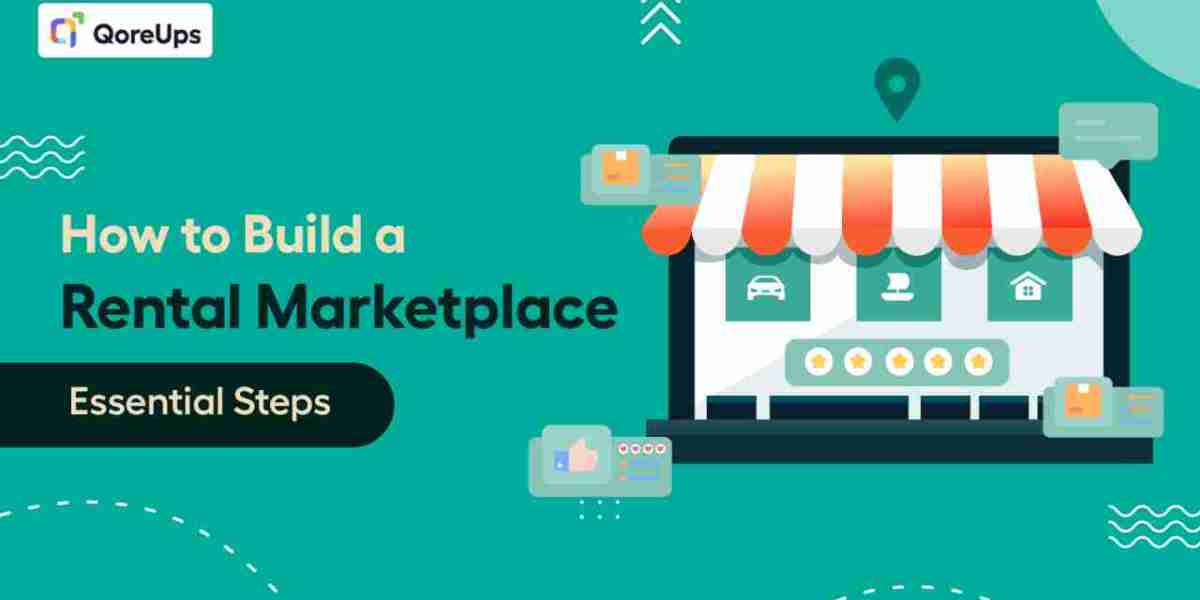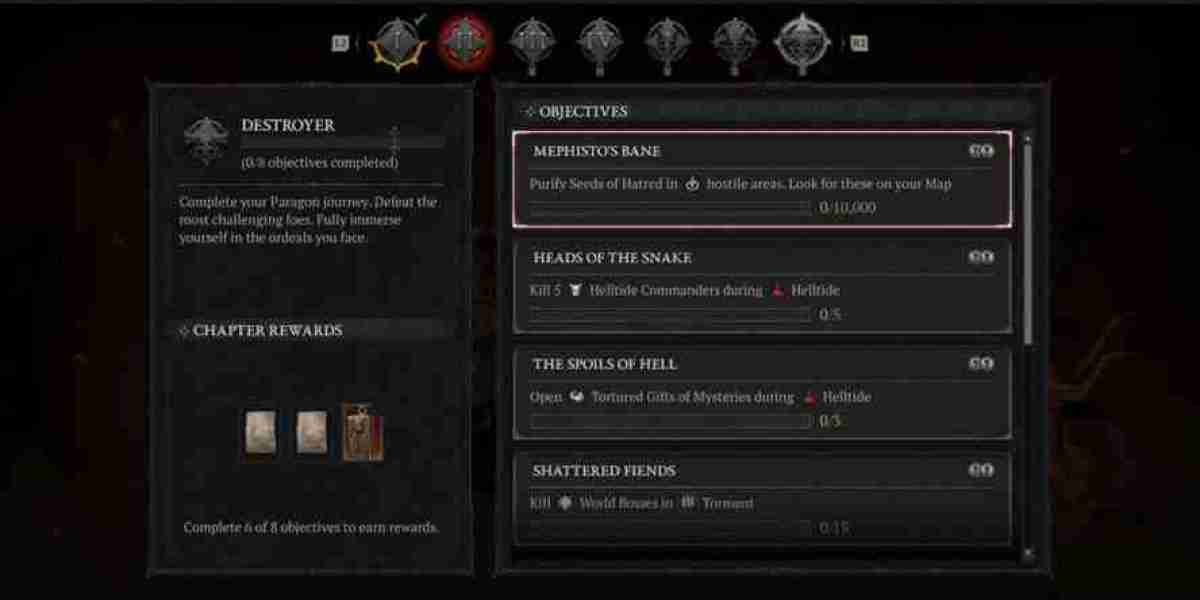In today’s sharing economy, rental marketplaces have emerged as profitable and sustainable business models.
Whether it’s vacation homes, vehicles, equipment, or clothing, renting has become a convenient option for consumers looking to save money and avoid ownership responsibilities.
For entrepreneurs, creating a rental marketplace can open up lucrative opportunities, but it requires careful planning and execution.
In this blog, we’ll walk you through the essential steps to build a successful rental marketplace.
What is a Rental Marketplace?
A rental marketplace is an online platform where users can list, browse, and rent various products or services.
Unlike traditional e-commerce platforms, where users purchase items outright, rental marketplaces facilitate short-term or long-term leases of goods.
These platforms can cater to various niches, such as real estate (e.g., Airbnb), vehicles (e.g., Turo), or equipment (e.g., Fat Llama).
The appeal of rental marketplaces lies in their ability to connect renters with items or services they need without the commitment of ownership.
For businesses, it’s an opportunity to generate recurring revenue by facilitating transactions between renters and owners.
What You Need to Build a Rental Marketplace
Building a rental marketplace involves several key components. Here’s what you’ll need to get started:
Business Plan
Start by outlining your business goals, target market, and revenue model. This plan will guide your decisions as you build your platform and will be essential when seeking investment or partnerships.
Platform Software
Choose or develop software that supports key functionalities such as listings, transactions, and user management. Your software should provide a smooth user experience, be scalable, and secure.
Legal Structure
Register your business and ensure you comply with local regulations. Depending on your market, you may need specific licenses or permits.
Payment Gateway: Integrate a secure payment system to handle transactions. Popular options include Stripe, PayPal, and Square, all of which support various payment methods and currencies.
Design and Branding: Develop a user-friendly interface and strong brand identity. Your design should be intuitive, mobile-responsive, and aligned with your brand’s image and values.
Marketing Strategy
Plan how to attract users and promote your marketplace. Effective marketing will help you build your brand, attract vendors, and drive traffic to your platform.
Support Systems
Set up customer service and support mechanisms to assist users with any issues. Excellent customer support boosts user satisfaction and encourages long-term loyalty.
Analytics Tools
Implement tools to track performance and user activity. Analytics will help you understand user behavior, optimize your platform, and make data-driven decisions.
How to Build a Rental Marketplace: 5 Steps
Now that you know what’s required, let’s dive into the five steps to build your rental marketplace.
Define Your Concept
Start by determining the type of rentals you’ll offer and your target audience. Will you focus on vacation rentals, vehicle rentals, or another niche? Clearly defining your concept will help you identify your target market and unique selling proposition (USP).
Choose a Platform
Next, select or develop a software solution that fits your needs. You can choose between a custom-built platform, which offers maximum flexibility, or a SaaS (Software as a Service) solution, which is quicker and easier to set up. Consider factors like cost, scalability, and available features when making your choice.
Design and Develop
Work on creating a user-friendly website or app with essential features like search functionality, listings, and payment processing. Ensure the design is intuitive and mobile-friendly, as a significant portion of your users will likely access the platform from their smartphones.
Launch and Market
Once your platform is ready, go live and begin marketing your marketplace. Use various marketing strategies such as SEO, social media marketing, email campaigns, and partnerships to attract users. Initial traction is crucial, so focus on both renters and vendors to build your user base.
Monitor and Improve
After launching, continuously monitor your platform’s performance. Use analytics to track user behavior, gather feedback, and identify areas for improvement. Regular updates and enhancements will help you stay competitive and meet the evolving needs of your users.
How Much Does It Cost to Build a Rental Marketplace?
Building a rental marketplace involves several costs, which can vary depending on the scope of your project. Here’s a breakdown of potential expenses:
Platform Development
The cost of platform development depends on whether you opt for a SaaS solution or custom development. SaaS solutions typically range from $50 to $500 per month, while custom development can cost thousands of dollars, depending on the complexity of the platform.
Design and Branding
Creating a professional design and strong brand identity can cost anywhere from $1,000 to $10,000. This includes logo design, website/app design, and branding materials.
Payment Integration
Setting up a payment gateway and handling transaction fees can cost between $500 to $2,000. Payment processors like Stripe or PayPal usually charge a small percentage per transaction.
Marketing
Initial marketing and promotion expenses can range from $1,000 to $5,000, depending on your strategy. Paid advertising, content marketing, and influencer partnerships are common tactics.
Legal and Compliance
Registering your business and ensuring legal compliance can cost around $500 to $2,000. This may include business registration, licenses, and legal consultation fees.
Ongoing Costs
Finally, you’ll need to budget for ongoing costs such as hosting, maintenance, and support. These typically range from $500 to $2,000 per month, depending on the size and complexity of your platform.
Conclusion
Building a rental marketplace is a complex but rewarding endeavor.
By following the steps outlined in this guide and carefully planning each aspect of your business, you can create a successful platform that meets the needs of your target market.
From defining your concept to launching and marketing your platform, each step plays a crucial role in the success of your marketplace.
With the right approach, you’ll be well on your way to building a thriving rental marketplace.
“Stay informed and empowered by subscribing to QoreUps Academy for timely updates, expert insights, and comprehensive information.”
To build a successful Rental Marketplace effortlessly and also with a low cost, visit Qmarket Rental Marketplace Builder and signup to start your 14 days free trial.




